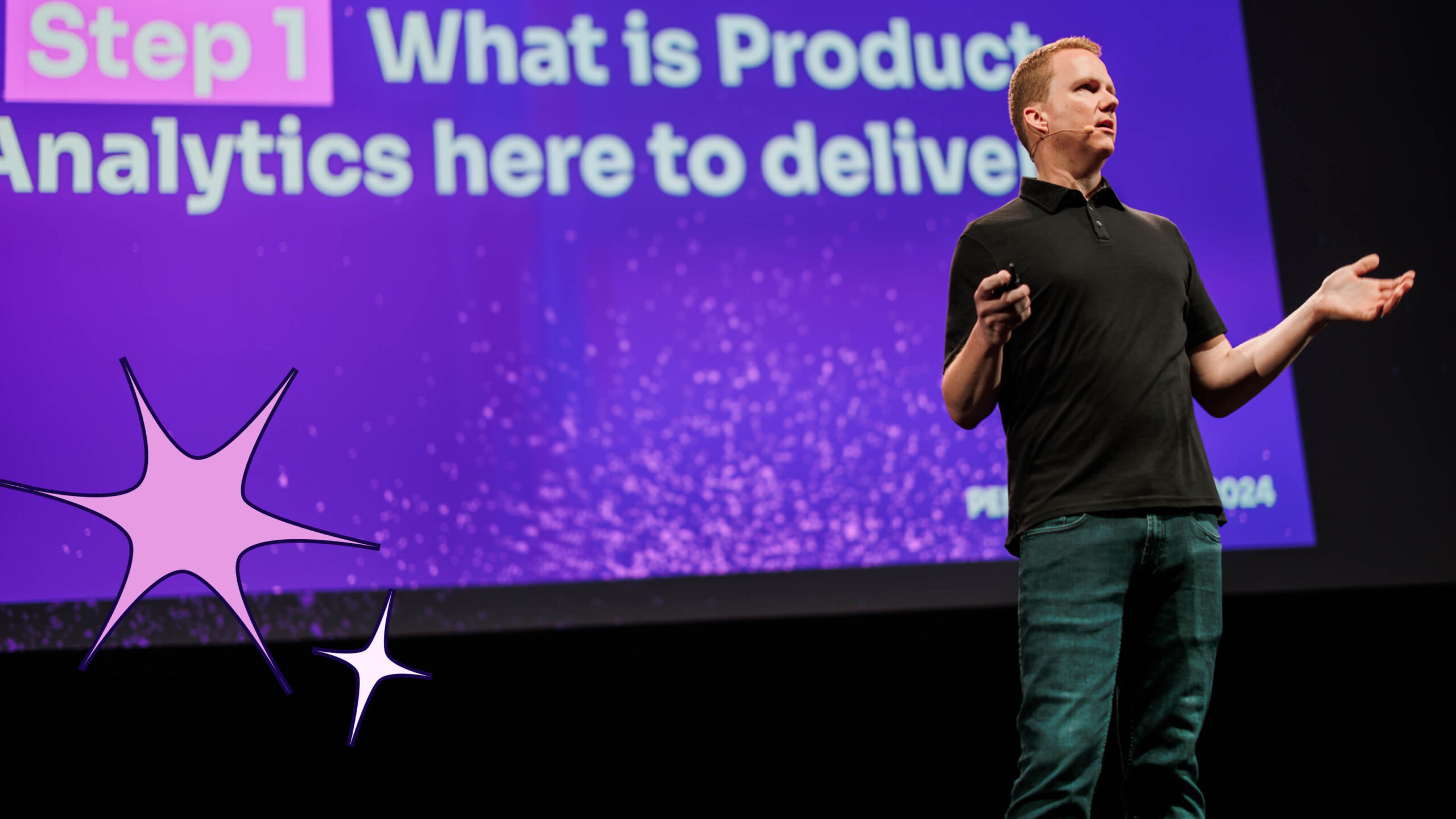Efficient, effective processes are the lifeblood of any company. And in today’s workplace, almost every step of every workflow involves software. Employees spend their time working within and across a wide array of applications, and it’s up to business operations and transformation teams to ensure they’re empowered to do their best work. IT and operations (ops) teams do this by creating processes that are smooth, intuitive, and easy to grasp.
Eliminating any confusion around processes is critical for businesses to succeed. And one area of “low-hanging fruit” is to make sure you have those processes built for an optimized portfolio.
No more apps for apps’ sake
Nothing creates more confusion for employees than not knowing which apps they should be using for which processes. Unfortunately, this confusion has become increasingly more common as companies’ app portfolios have grown more bloated. The average enterprise-level company spends over $4 million annually on SaaS products and holds over 270 apps in its portfolio.
We call this never-ending accumulation of apps and tech spend SaaS sprawl. Yes, it’s a problem that hurts companies’ wallets through wasteful subscription costs. But the damage goes far beyond that.
How confusion hinders collaboration
SaaS sprawl can hurt a company’s bottom line indirectly in a number of ways. With a confusing proliferation of apps, it’s almost inevitable that a business will unknowingly pay for two or more pieces of software that serve the same purpose. These duplicative apps contribute to process confusion and hindered productivity.
Ops teams may have designed a given process with one app in mind and taken the trouble to set up onboarding, support, and training under that assumption. But when a given team or department uses another app for the same purpose and finds their own ways of working, it creates a problem for business ops teams. Not only does this mean that employees aren’t working the way the ops team had planned for, they’re doing so in ways that hinder collaboration across the business—or even jeopardize security and compliance—due to the confusion that arises from the differing processes.
Shrink your portfolio, streamline your processes
The first step in solving a problem is admitting you have one. Luckily, businesses have the power to both identify and rein in SaaS sprawl—and it starts with the right digital adoption solution. Pendo’s Portfolio View feature lets ops teams analyze app usage by segments (departments, geography, etc.) and provides robust analytics to detect duplicative software and issues arising from it.
Leveraging these insights, business ops teams can then target one or more duplicative apps for retirement, and make proactive interventions with any teams affected by the change. This includes leveraging the power of Cross-App Guides to help assist employees with completing processes in the ways desired.
Start the new year right by future-proofing your organization
2024 marks an inflection point for businesses. Greater efficiency, productivity, and fruitful collaboration will be critical factors that will make or break companies. To build for success organization-wide, business ops teams need to ensure employees are working the right ways, within and across the right apps, and feel empowered every step of the way. With a digital adoption solution, they can cultivate a leaner, more effective portfolio, build better processes, and provide better, more immediate and targeted support to employees. The result is a business set up to thrive, no matter what comes its way.
To learn more about how Pendo can rein in SaaS sprawl and combat process confusion, set up a custom demo here.


